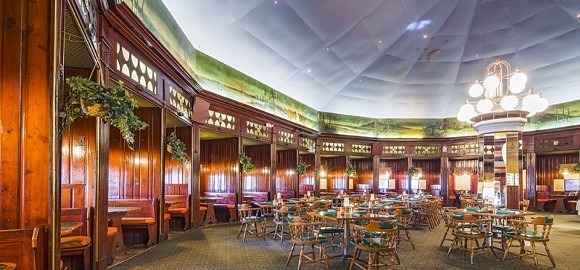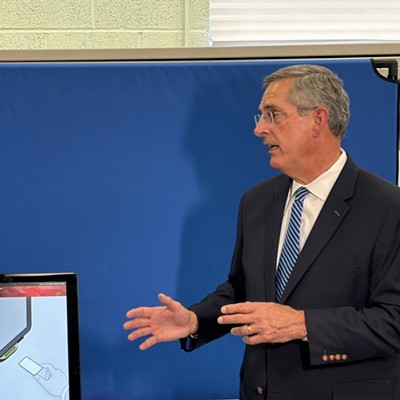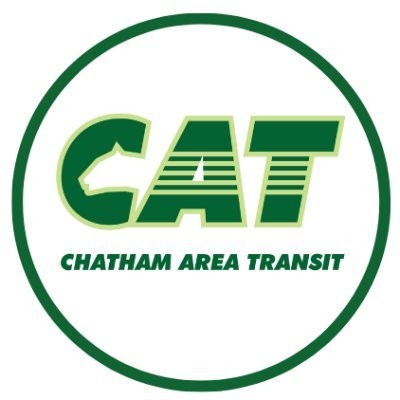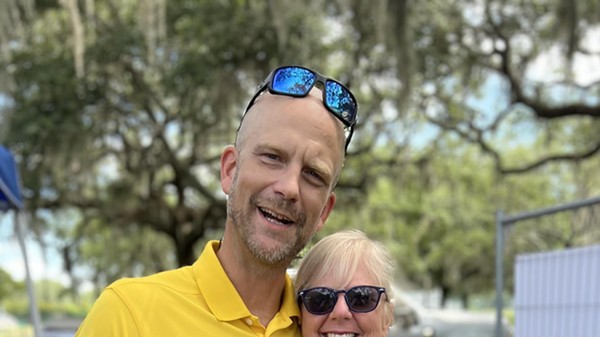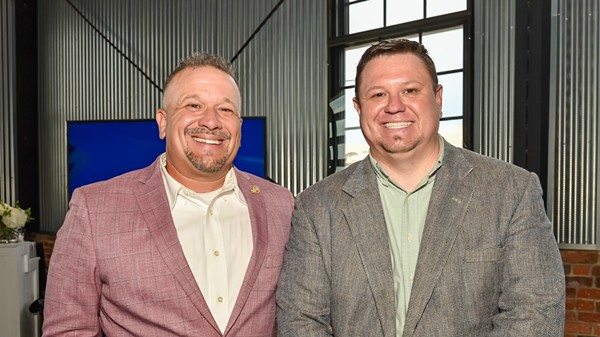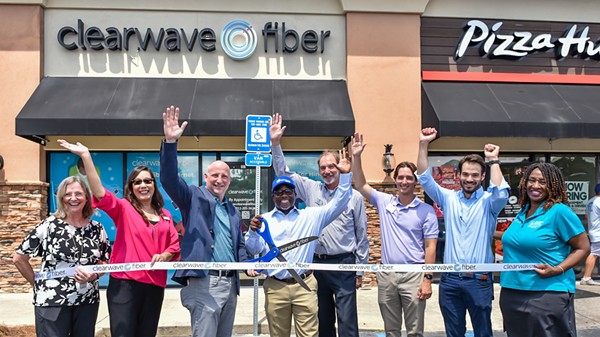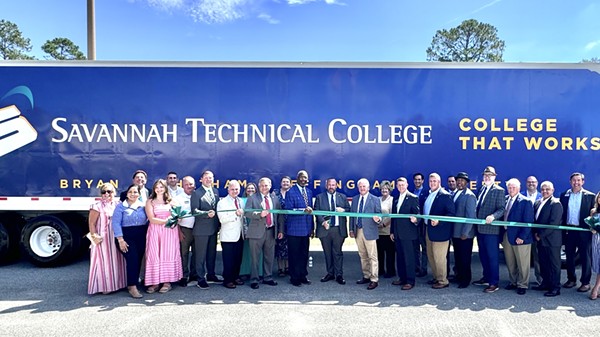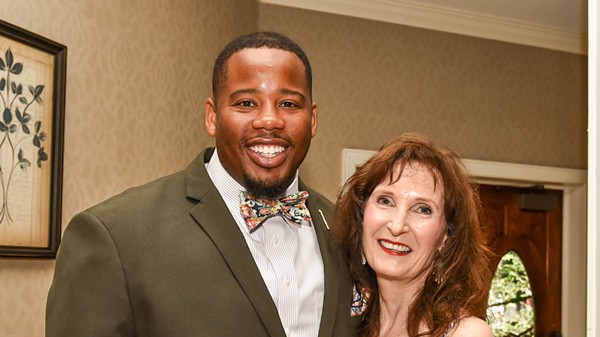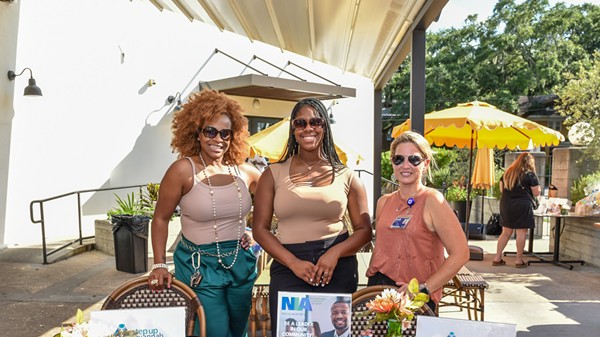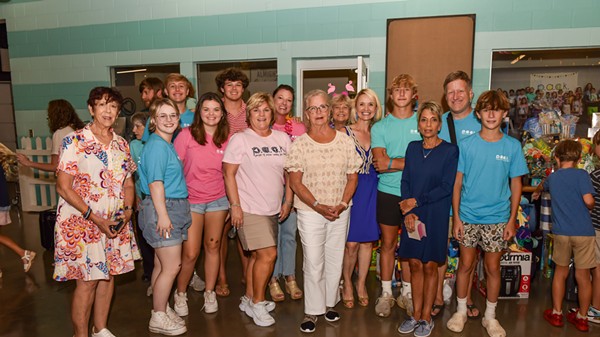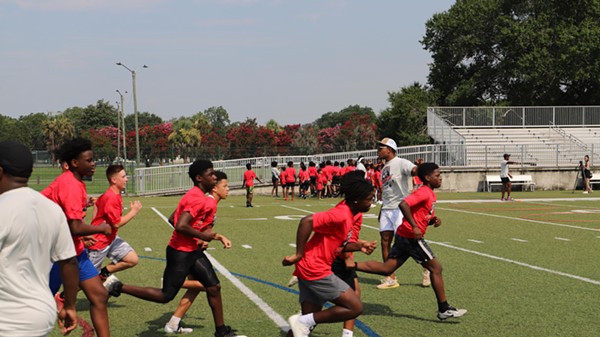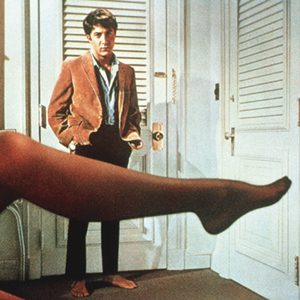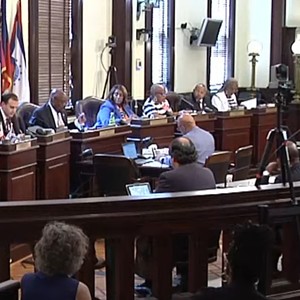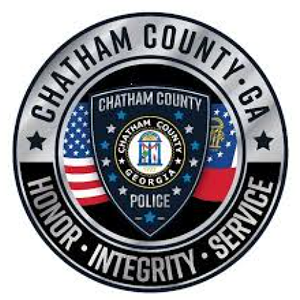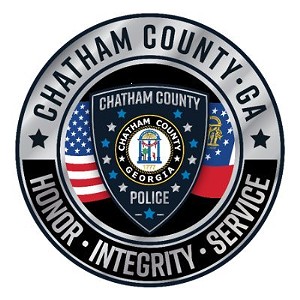ON SATURDAY I received excellent news. After decades of living in Atlanta, two of my friends announced they are moving to Savannah.
What attracted them to our city? Was it the colossal H&M store being built on Broughton Street? Our two — count ‘em — two Chipotles? No, my creative, well-travelled, successful friends were likely attracted by things that are more authentic. For instance, I can imagine them really digging a place like Johnny Harris.
Uh oh.
The restaurant will likely be demolished by the time they get here to make way for a new shopping center being developed by ARS Ventures LLC, which is — of course — based in Atlanta.
When the Savannah City Council voted 6-3 last week to rezone the 11-acre site on Victory Drive for the development, traffic was cited as a concern by those in dissent. With good reason.
In the words of Fred Kent, founder of the nonprofit Project for Public Spaces, “If you plan cities for cars and traffic, you get cars and traffic.”
Unfortunately, that seems to be the exact approach that’s being taken. In an initial report prepared by the Chatham County Savannah Metropolitan Commission, it’s clear the shopping center will generate more traffic on Victory Drive and surrounding streets.
“Based on the conceptual square footage of the proposed shopping center, the trips expected to be generated by the proposed development are approximately 7,221 weekday trips and 9,806 Saturday trips. The developer anticipates that 30 percent of the trips to the proposed development will be pass by trips already in the area. Based on this assumption, the number of new weekday trips will be 5,055 and the number of new Saturday trips will be 6,864,” wrote Gary Plumbley, development services planner at the MPC, in the report.
For perspective, a 2014 traffic count conducted by the Georgia Department of Transportation found 28,900 cars and trucks pass by the site every day.
If the shopping center is constructed using suburban style model, with stores surrounded acres of parking, we can expect that almost all of those trips will be made in automobiles.
Even worse, increased automobile traffic on currently bikeable streets nearby could dissuade people like me who currently ride bikes to the nearby Victory Station shopping center from Parkside, Ardsley Park and other nearby neighborhoods.
But it doesn’t have to be that way.
The north end of the Truman Linear Park Trail will be located on the south side of this property and designing safe and convenient access from the trailhead to the shopping center would allow people way down on the Southside to shop by bike.
What a shame it would be for people who ride all the way from Lake Mayer, located on notoriously bicycle- and pedestrian-unfriendly Montgomery Crossroad, to find a similar situation when they reach the end of the trail.
The proximity of Daffin Park also presents an excellent opportunity. If people are able to walk or bike from activities in the park — such as youth sports, special events or morning jogs on the Robert Espinoza Trail — both the shopping center and the park are enhanced.
Without biking and walking connections, these trips will be made by car or not at all, diminishing both areas.
To quote Kent again, “If you plan for people and places, you get people and places.”
If you wanted to convince people to move to Savannah, would you try to seal the deal by showing them the stretch of Victory Drive between the Truman Parkway and Skidaway Road? Of course not.
Yet if we don’t think carefully about how new developments work with existing neighborhoods and land uses, we’ll be inviting suburban sprawl to creep further into the city core, degrading historic neighborhoods.
A Nov. 25 story by Richard Florida on the CityLab website summarizes the findings of researchers who examined, “the connection between community vibrancy and economic growth in urban and suburban neighborhoods.” Their findings revealed that “high-growth firms “ tend to “cluster in both urban centers and suburban areas that are dense, diverse, walkable, vibrant, and served by transit.”
Forward-looking communities across the country understand this and are working to undo the damage done by building automobile-centric developments in urban areas. They are redeveloping these sites to be more diverse, walkable, vibrant, and transit-oriented.
With its Victory Drive Project, ARS Ventures can get it right the first time and create a place that improves quality of life for people who live near it. The firm could offer a new standard for redeveloping similar sites around the city and around our state.
If it doesn’t, Savannah will be stuck with the consequences for decades to come.

